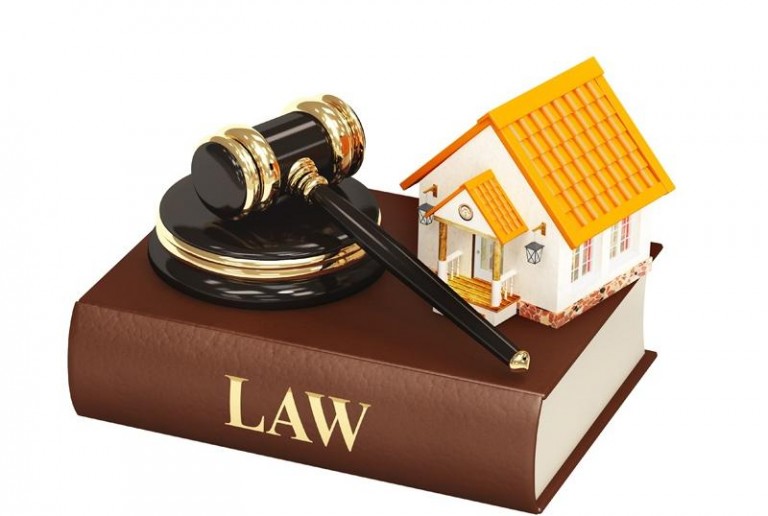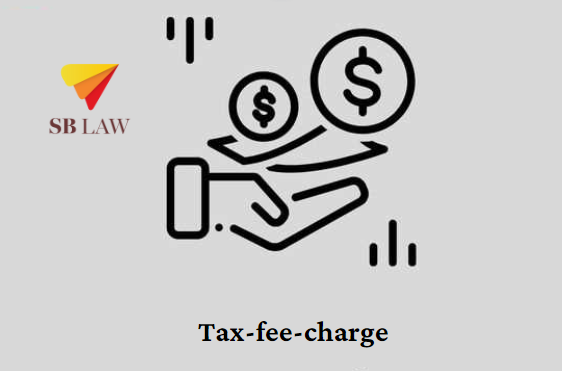The merger and acquisition market has witnessed the real estate segment in a strong leading position; however, there remains many pitfalls which partners must be careful of whenever they enter into a property deal.
During the last two years, the Vietnamese real estate market has witnessed some huge deals. Among those, Vingroup retained its top position in large-scale transactions, with moves such as selling stakes equivalent to $1.3 billion to Singaporean GIC and $1billion to SK of South Korea.
SonKim Land also carried out a major transaction with EXS Capital, ACA Investments, and Credit Suisse AG valued at $121 million.
The Singapore developer Keppel Land, meanwhile, has divested 70 per cent interest in Dong Nai Waterfront City to Nam Long Group at VND2.3 trillion ($100 million).
Keppel Land, through its wholly-owned subsidiary, Monestine Pte. Ltd., has also recently entered into a conditional sale and purchase agreement with Phu Long Real Estate Corporation to acquire 60 per cent interest in the three sites with the aggregate consideration of VND1.3 trillion ($56.5 million).
Lotte FLC JSC, a joint venture between FLC Group and Lotte Land, has been formed with a charter capital of VND556.5 billion ($24.2 million) to operate in the field of real estate, according to the National Agency for Business Registration. Lotte Land owns 60 per cent of Lotte FLC and the remaining stake is held by FLC and its affiliates.
Risk rises after M&A deals
While there are many successful cases, some others do find themselves with hurdles to overcome. Some potential deals occur in which the two sides fail to have the same voice, mainly caused by the differing mindsets on evaluation and post-M&A strategies.
Although some companies have achieved successes and created synergy values thanks to M&A, others do not anticipate the real effectiveness of the deals, nor been able to manage the target companies correctly.
The risk in implementing deals with regards to M&A strategy, valuation, legal compliance, and human resources are also lessons that can still be learned from such deals.
According to Remco van der Mije, head of strategic consulting of JLL Netherlands, while real estate can be a highly efficient way to maximise value from M&A, all too often property is assessed in the latter stages of negotiation and this can present multiple problems when the problems emerge.
“One-in-five fail to take property into consideration until the agreement is signed which can lead to additional risk, unforeseen cost, and strategic misalignment,” said van der Mije. “The market value of an acquired real estate portfolio can differ wildly from the value on which the deal price was fixed, exposing the acquiring company to significant financial risk.”
He analysed that in the early stage of a merger or acquisition, companies need to be looking at expiring leases and rent reviews because they need to know the financial implications. Exit penalties are another cost that can remain hidden unless the property team has time to do in-depth research.
Moreover, property portfolios can be complex, containing all sorts of risks ranging from security problems to environmental issues.
Van der Mije analysed that in a volatile country, the exact location can affect value hugely. “You can adjust a deal to prevent losing value, perhaps taking the riskier property assets out of the deal, but only if you assess security risks well in advance of the deal closure,” he said.
Meanwhile, Tom Carroll, head of EMEA Corporate Research, added that a contaminated site has a direct impact on purchase price and may even break the deal if significant enough.
“For example, an insurance indemnification may be needed to protect you from future litigation, so that any claims rest with the previous owner. Assessing risk early on in the M&A process gives you time to work out what action to take,” Carroll added.
Apart from these, poor alignment with the overall deal and rocking the business boat also produce high risk.
“Any newly acquired property must support the broader deal strategy. For instance, if the objective of a merger or acquisition rests on consolidating or streamlining real estate, a property portfolio must allow this,” said Carroll.
In addition, M&A also brings the risk of dismissing employees. “If a company has a highly-skilled workforce, whose expertise is central to business continuity and the value of the organisation, a property strategy should allow them to stay in the same location. If relocation is involved, create a property strategy that relocates those whose replacement would be detrimental to productivity,” he added.
According to Masahiro Kotaka, managing director of KPMG Japan, only the “integration level after M&A” of that company will decide the success of that deal.
“Do not think simply that M&A is just an evaluation assessment and a purchase. The real challenge for M&A deals are how the involved partners cope with issues arising after the signing,” Kotaka said. “Two sides must have a clear investment strategy, vision, and targets in the next three to five years after the M&A.”
Moreover, both sides must understand the culture of the other. Only then can they have a familiar voice in developing their project, he added.
According to experts, failed projects after M&A mostly occur in developers who have lacked experiences or who are burdened with limitations in the financial source from banks.
Companies who do not boast real estate development in their core business will also see a high risk of failure.
Real estate M&A still high
According to the Vietnam M&A Forum Research Group and the Merger and Acquisition Research Centre, M&A in the real estate sector remains high, focusing on large-scale projects, newly-developed urban areas, resort projects, and hotels in central areas of the country.
Real estate M&A is attracting both domestic and foreign investors. International groups typically from Japan, South Korea, and Singapore are in the race to seek the best investment opportunities with the expectation of cash flow with stable profitability and high interest rates.
The form of acquisition to form a joint venture, meanwhile, is mainly being carried out among foreign investors with strong and experienced financial capabilities that will partner with local corporations – investors who are holding land in the market as well as having a close relationship with the local government.
Domestic investors, though not participating in the deals with the greatest value, are gradually transforming themselves to master large M&A deals thanks to the advantage of accessing land funds, understanding the market, and improving competitiveness.
Apart from residential and commercial properties, there is continued strong interest in industrial and logistics assets, with both incumbent and new investors actively looking for joint ventures with local industrial developers and/or the acquisition of land and operating assets.
The lack of high specification, modern logistics warehouse space, and strong demand from regional occupiers are supporting the potential growth of this industry. The quality of the assets, rental growth, deal size, and remaining land tenure are crucial factors in investment decisions.
Figures released from Ben Gray, director of capital markets at Cushman & Wakefield Vietnam note that M&A for the next year will be huge and can only get bigger.
“In the year to date we have consulted with many investors on their pipeline of deals and targets for Vietnam. As an estimate, I would say that the total value for these deals – that is total asset value, not investment value – would be over $2 billion. That includes both officially and unofficially consulted deals, but not deals that have yet moved forward or closed,” Gray said.
By Bich Ngoc



